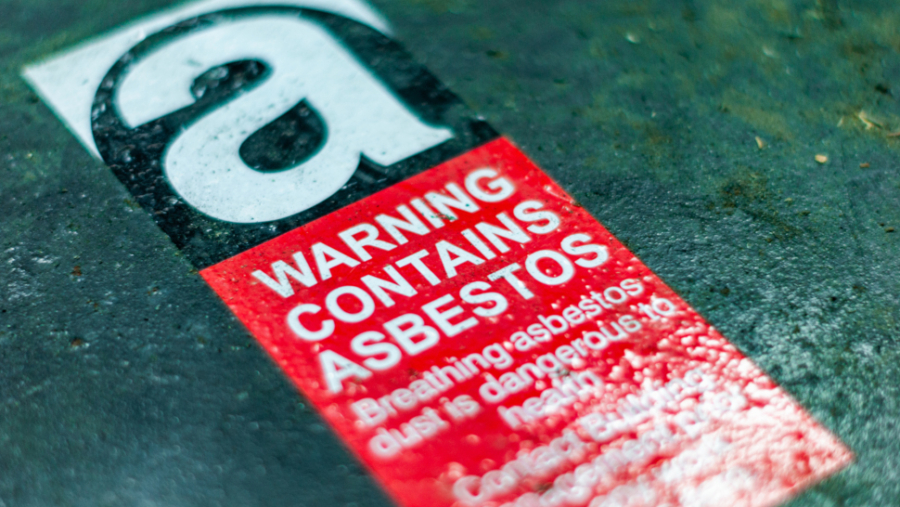

We reported last week on the chaotic issues with unstable reinforced autoclaved aerated concrete (RAAC) which, just as the new school year starts, has lead to 150 schools and colleges being told that they have to close affected buildings to undertake emergency protective work.
Beyond the RAAC issue, what else should building managers in the private and public sector be keeping on top of when it comes to property management and maintenance? This article focuses on just one of those other issues, being the control of asbestos.
Building Management challenges highlighted
First, schools and colleges are not alone regarding these building related challenges which have been widely highlighted for some time.
It was in 2018 that the collapse of a roof at a primary school in Essex brought RAAC issues to light. The Department for Education (DfE) commenced an investigation of RAAC on school sites in 2022. That lead to a Safety Briefing Notice which confirmed that much of the RAAC used in school buildings, and which was known about, was now life expired and liable to collapse. Our previous article reported on the DfE guidance in regard to the identification and management of RAAC in educational buildings.
However, this material was commonly used in construction projects from the 1950s to the 1990s and there are now reports of hospital and court buildings being affected due to RAAC instability. In response to this the Government is now extending its RAAC investigations to the wider public estate.
The asbestos risk
When it comes to asbestos specifically, all forms of private and public sector property with this substance are under duties which building owners and managers need to be in compliance with.
Asbestos is a fire-resistant fibrous material which is strong and flexible enough to be spun and woven. It was used in a wide range of manufactured goods, mostly building materials such as floor tiles, insulation around pipes, wall and ceiling panels and roofing.
By the 1960s an awareness arose to the health problems which asbestos could cause. When damaged or disturbed the asbestos fibres would be released into the air and subsequently inhaled, which would lead to lung and other diseases such as cancers.
Due to these dangers it is now illegal to use any form of asbestos in the construction or refurbishment of buildings. However, where asbestos materials were used in the past, there is a continued health risk to all those involved in building, renovation or maintenance work.
The regulations
The Control of Asbestos Regulations 2012 are the primary legislations which apply in regard to non-domestic premises. The Health and Safety Executive has published related guidance (Approved Code of Practice) relating to asbestos management.
The regulations were issued pursuant to the Health and Safety at Work Act 1974 and a failure to comply will be a criminal offence. In addition, those affected such as employees or others can take civil action in negligence against those duty holders made responsible under the regulations.
The regulations include extensive and detailed duties in regard to the management of asbestos risk in non-domestic premises, including to determine whether asbestos is present, or likely to be, and to put a suitable management plan in place.
The definition of who will be treated as a duty holder under the regulations is widely defined to include every person who, whether as freeholder or tenant, has an obligation as to maintenance and repair of the building – whether occupied or vacant. Where asbestos is present the management plan is required to provide for the monitoring of the asbestos materials and ensuring it is properly maintained, or as necessary removed.
The plan can allow for the asbestos material to remain in place provided it poses no immediate threat, however regular monitoring of the asbestos material will then be required.
Where repairs and maintenance are a shared responsibility, such as between a landlord or tenant, landlords may not just assume that responsibility has been passed on under the lease.
The duty of employers
The definition of duty holders under the regulations can apply to employers and is intended to protect employees from the risks of exposure to asbestos from work which may disturb the material. The regulations apply to a self-employed persons and also protect those who are not employees but who may be affected by the work.
Before an employer can undertake any demolition, maintenance or other work which could expose employees to asbestos, a risk assessment is required to establish the presence of asbestos, and what condition it is in. Suitable control and monitoring measures must be operated.
Employers are to provide adequate information and training to those employees who may be exposed to asbestos.
There is scope under the regulations for the legislation to apply to mortgage lenders who take possession of property and sellers of non-domestic premises are required to ensure that information about the location and condition of any asbestos is made available to every person who is liable to disturb it.
How the RAAC issue will impact asbestos management
The RAAC issue has given rise to concerns in the private and public sector that, either as a result of a building collapse or in the course of RAAC maintenance work, localised asbestos materials could be impacted and disturbed.
With reports that the maintained school estate is facing a £21 billion general maintenance backlog, and with the backlog figure in the NHS of £10 billion being almost as big, it is clear that the public estate as a whole is in need of a considerable level of attention and investment. The management of asbestos amounts to a significant element of those costs.
Building owners and managers of private and public sector buildings need to be on top of these management issues which have been highlighted by the recent disruption to schools and colleges, but which has much wider implications for all forms of real estate.










